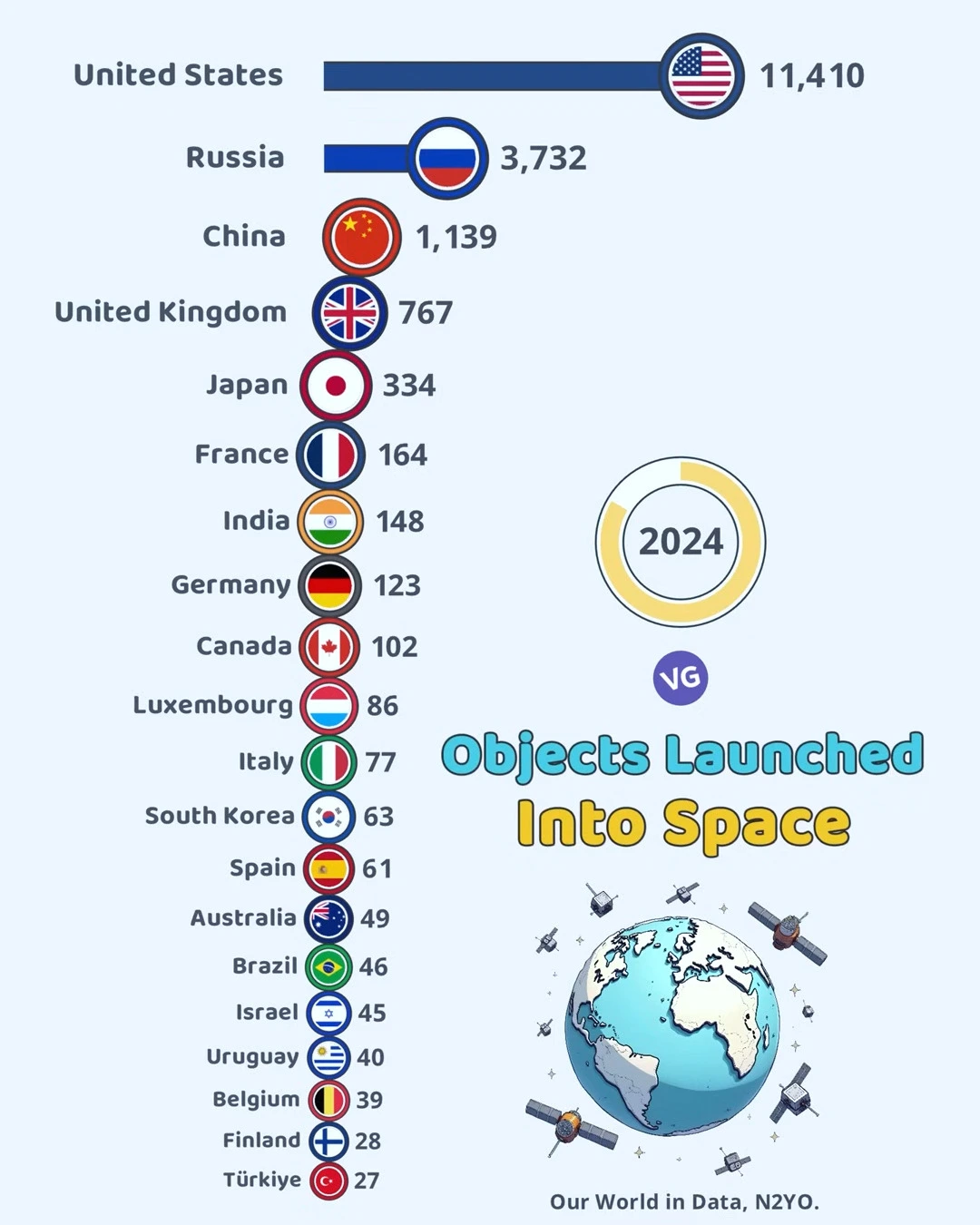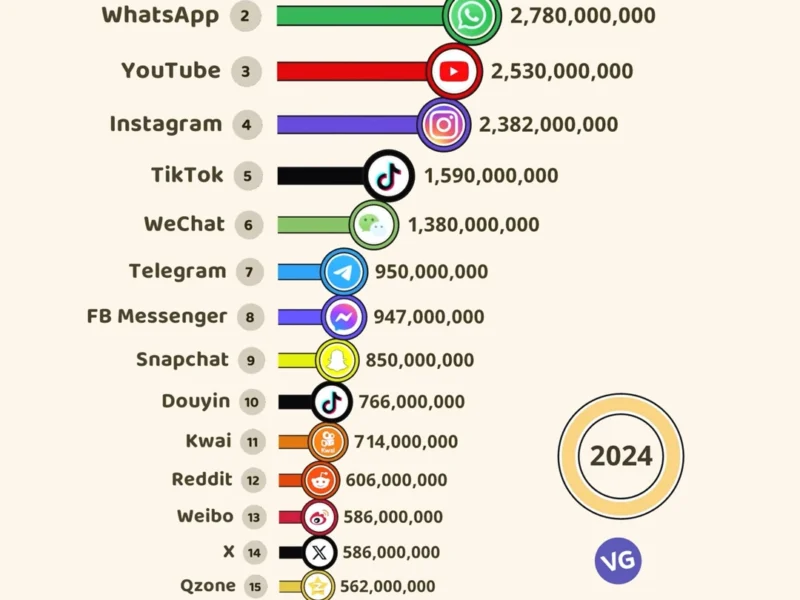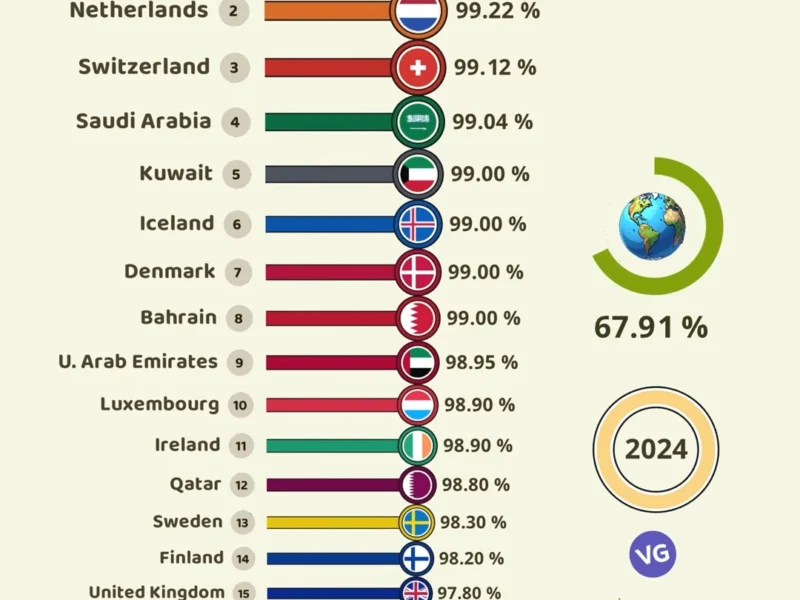American Dominance in Space
The United States maintains a commanding lead in space launches with 11,410 objects launched into space, demonstrating its continued dominance in space activities. This figure is remarkably higher than any other nation, showcasing the scale of both government and commercial space operations in the US.
Top 20 Countries by Objects Launched Into Space (2024)
| ank | Country | Objects Launched |
|---|---|---|
| 1 | 🇺🇸 United States | 11,410 |
| 2 | 🇷🇺 Russia | 3,732 |
| 3 | 🇨🇳 China | 1,139 |
| 4 | 🇬🇧 United Kingdom | 767 |
| 5 | 🇯🇵 Japan | 334 |
| 6 | 🇫🇷 France | 164 |
| 7 | 🇮🇳 India | 148 |
| 8 | 🇩🇪 Germany | 123 |
| 9 | 🇨🇦 Canada | 102 |
| 10 | 🇱🇺 Luxembourg | 86 |
| 11 | 🇮🇹 Italy | 77 |
| 12 | 🇰🇷 South Korea | 63 |
| 13 | 🇪🇸 Spain | 61 |
| 14 | 🇦🇺 Australia | 49 |
| 15 | 🇧🇷 Brazil | 46 |
| 16 | 🇮🇱 Israel | 45 |
| 17 | 🇺🇾 Uruguay | 40 |
| 18 | 🇧🇪 Belgium | 39 |
| 19 | 🇫🇮 Finland | 28 |
| 20 | 🇹🇷 Türkiye | 27 |
Major Space Powers
Russia holds the second position with 3,732 objects launched, followed by China with 1,139 objects. This top three configuration reflects the traditional space powers’ continued significant presence in orbital activities. The United Kingdom follows with 767 objects, showing its growing presence in the space sector.
Advanced Economies’ Space Programs
Japan and France, both long-standing space-faring nations, have launched 334 and 164 objects respectively. India’s space program has contributed 148 objects, while Germany has launched 123 objects. These numbers reflect these nations’ sustained commitment to space exploration and satellite technology.
Emerging Space Nations
The data reveals interesting participation from smaller nations:
- Luxembourg has launched 86 objects, notable for a small nation
- South Korea shows growing space capabilities with 63 launches
- Israel maintains a significant presence with 45 objects
- Uruguay has achieved 40 launches, demonstrating smaller nations’ increasing access to space
Regional Distribution
The distribution shows a clear concentration of space activity in:
- North America (US and Canada)
- Europe (multiple nations including UK, France, Germany)
- Asia (China, Japan, South Korea)
Technological Implications
This data reflects not just national space capabilities but also the growing commercialization of space, with many of these launches representing commercial satellites, telecommunications equipment, and research instruments. The high number of objects suggests a busy orbital environment and highlights the increasing importance of space traffic management.



